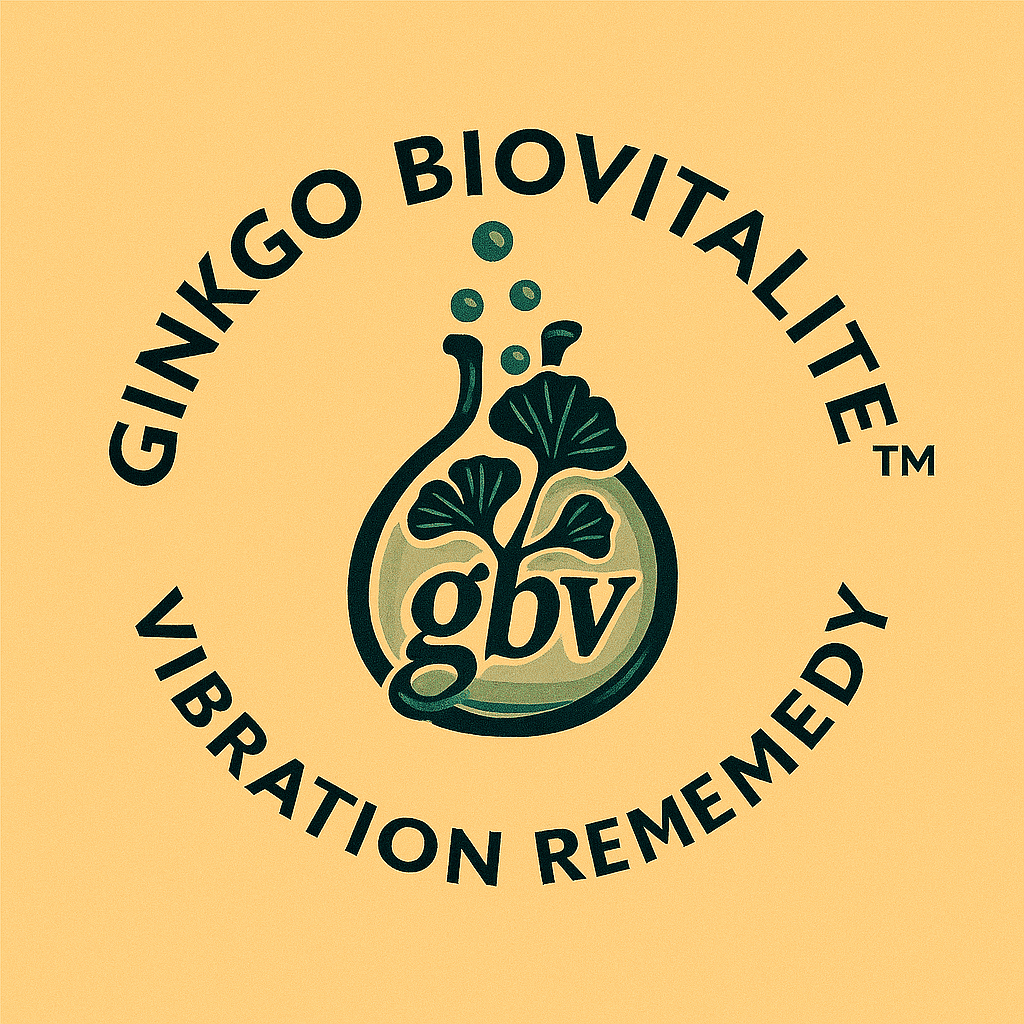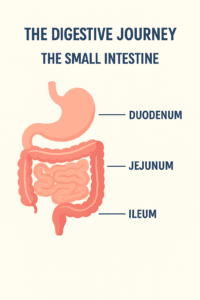🌞 Introduction: Where the Magic Truly Happens
If digestion were a concert, the small intestine would be the stage where the grand performance unfolds.
After the stomach’s churning and the enzyme-rich juices of the pancreas and liver have done their prep work, the semi-liquid food — now called chyme — enters a long, winding organ that stretches for nearly six meters.
This is where nutrients, vitamins, and minerals are carefully absorbed and delivered to every cell of your body.
The small intestine might not look glamorous, but it’s one of the most intelligent and efficient systems in the human body — a true masterpiece of design.
🧬 The Structure: Three Acts of a Delicate Process
The small intestine is divided into three main sections — each with a unique role in transforming food into life-sustaining energy:
The Duodenum — the “mixing bowl” where bile and pancreatic enzymes join forces to break down fats, proteins, and carbohydrates.
The Jejunum — the “absorber-in-chief,” rich in folds and villi that increase surface area and capture nutrients.
The Ileum — the “finisher,” responsible for absorbing vitamin B12 and bile salts before the journey continues to the large intestine.
Each section plays its part with precision, coordinated like dancers in a complex choreography.
🌿 The Art of Absorption
Inside the intestinal walls lies a breathtaking design. Tiny, finger-like projections called villi — and even smaller ones called microvilli — create an enormous surface area, roughly the size of a tennis court.
This architecture allows for maximum absorption of nutrients.
Glucose, amino acids, fatty acids, vitamins — everything your cells need to function and thrive — passes through here into the bloodstream.
According to The American Journal of Physiology (2022), the small intestine processes and absorbs up to 90% of the nutrients from a normal diet.
That means every healthy cell in your body owes its energy to this intricate organ.
🦠 The Microbiome: Your Invisible Partners

Along these folds lives a bustling community of microorganisms — the gut microbiome.
While the large intestine is their main home, the small intestine also hosts beneficial bacteria that help fine-tune digestion, regulate immunity, and even influence mood.
Recent studies in Nature Microbiology (2023) show that imbalances here can affect metabolism and increase inflammation, reinforcing the connection between gut health and overall well-being.
💢 When the Small Intestine Suffers
When this delicate system is disrupted, the effects ripple throughout the body.
Common disorders include:
Celiac disease — an autoimmune reaction to gluten that damages villi and reduces nutrient absorption.
Lactose intolerance — a lack of lactase enzyme, making it hard to digest dairy.
Small Intestinal Bacterial Overgrowth (SIBO) — when bacteria from the large intestine migrate upward, causing bloating, fatigue, and pain.
Each condition can compromise how your body uses nutrients — which is why maintaining small intestine health is vital for overall vitality.
🥗 How to Care for Your Small Intestine
Healthy absorption depends on gentle, consistent care.
Here’s how to protect this delicate organ:
Eat mindfully — chewing slowly activates enzymes before food reaches the small intestine.
Prioritize fiber and probiotics — they keep the gut microbiota balanced and reduce inflammation.
Stay hydrated — water supports nutrient transport.
Avoid ultra-processed foods and excess sugar, which can harm the intestinal lining.
Listen to your body — persistent bloating or fatigue after meals may signal an imbalance.
As Harvard Health Publishing (2024) highlights, small, consistent habits have a powerful cumulative effect on digestive and immune health.
💛 Conclusion: Your Inner Garden
The small intestine is more than just an organ — it’s your inner garden of vitality, transforming nourishment into life.
Each healthy bite you take feeds not only your body, but the microscopic ecosystem that keeps you balanced, focused, and strong.
Treat it kindly. Feed it wisely. And it will repay you with lasting energy and well-being.
⚠️ Disclaimer
This article is for informational purposes only and should not replace medical advice. Always consult a healthcare professional for personalized guidance.
![]() GINKGOBIOVITALITE ™ – VIBRATION REMEDY ™ Team
GINKGOBIOVITALITE ™ – VIBRATION REMEDY ™ Team

